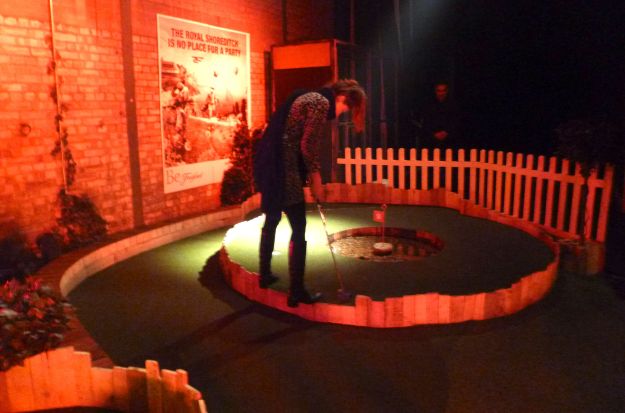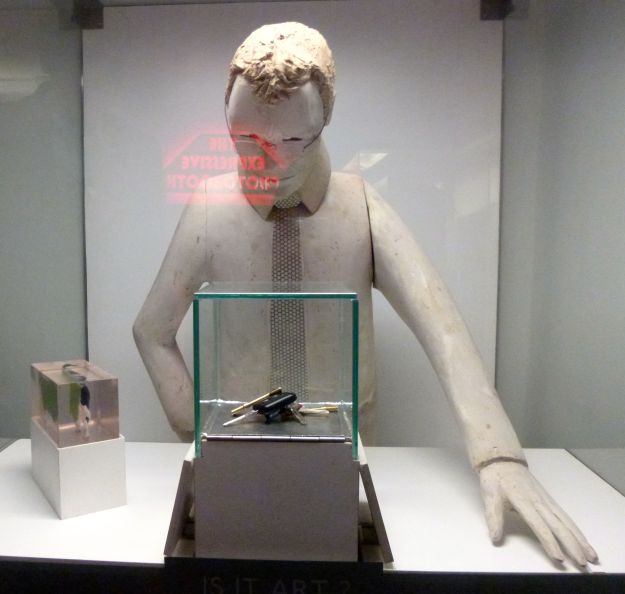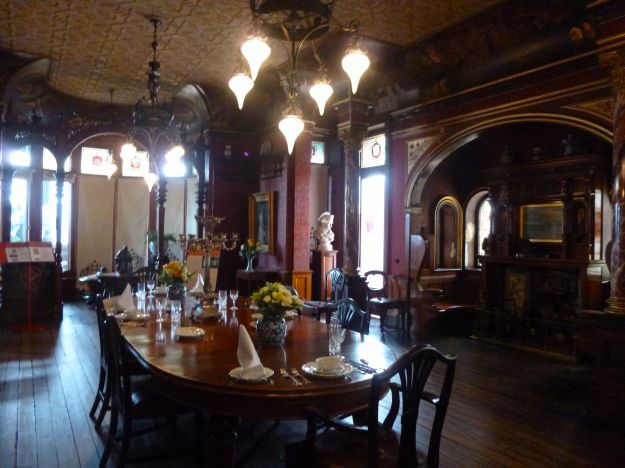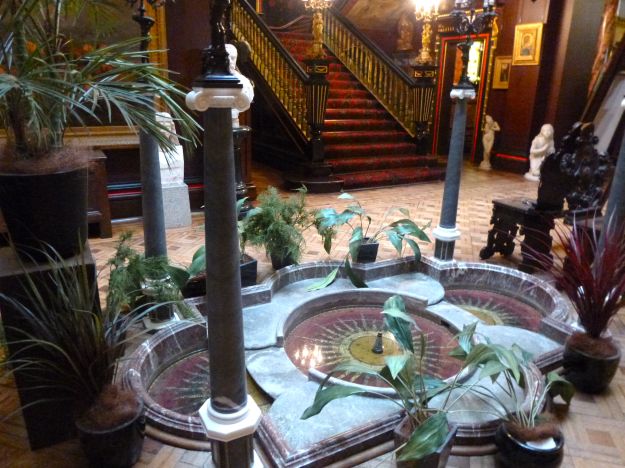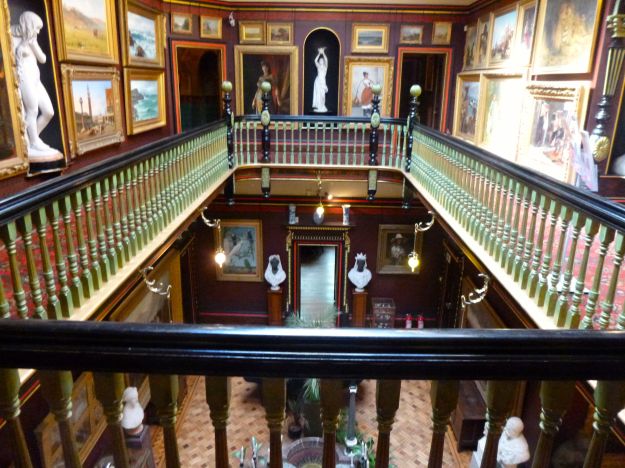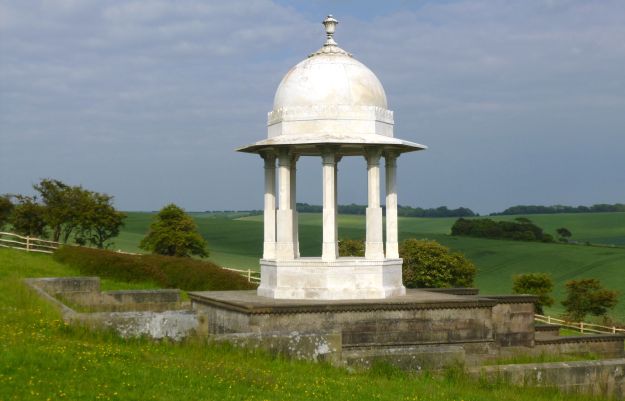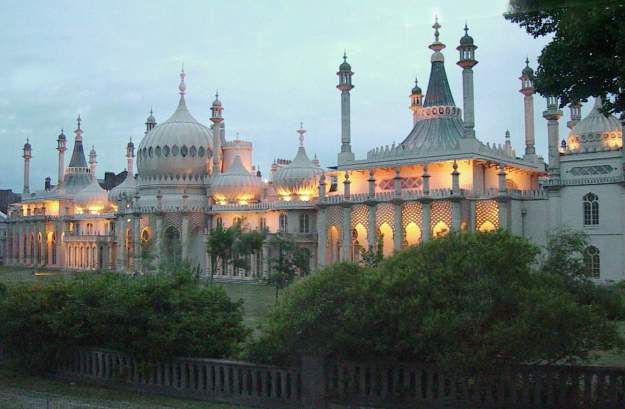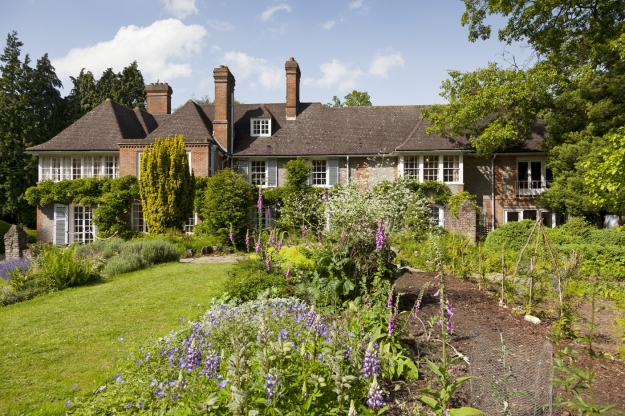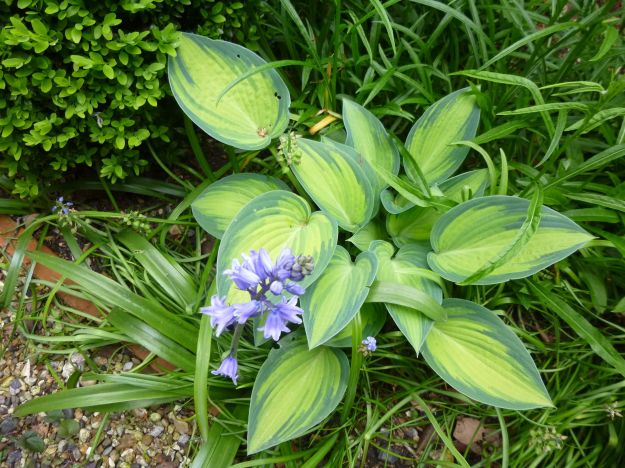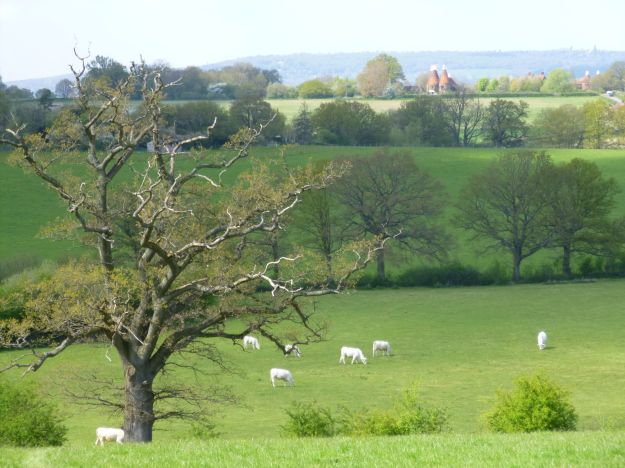Oh I do love to be beside the seaside—especially when it’s in London, in February. Well, if Margate and Hastings can open art galleries with urban style, why shouldn’t London steal some of their holiday fun?

Classic gem: one of photographer Martin Parr’s retro seaside postcards, on show at the Barbican Art Gallery.
Every seaside foray starts with a stroll along a breezy promenade. I let the blustery winds on the Barbican’s High Walk blow me to its art gallery’s Magnificent Obsessions exhibition where 14 artists’ private collections are on show. Magnum photographer Martin Parr’s trove of 1950s and 60s seaside postcards got me straight into the sun-and-sand mood. There were, of course, the cartoon images of busty blondes in polka dot bikinis scaring wimps with knotted handkerchiefs on their heads. But I most enjoyed the nostalgic scenes that Parr himself might have captured when working as a rookie photographer in a Butlin’s holiday camp.
Many of the postcards were of seemingly mundane scenes such as the new motorway service stations that drivers en route to Bognor would have sent to impress friends. Others showed hotel rooms with candlewick bedspreads—the ultimate in postwar style. As a collection they skewered a vanished era, of innocence lost and luxuries gained.
Parr’s sharp eye was just one highlight of an exhibition that ranged through Howard Hodgkin’s ravishing Indian paintings, Arman’s African masks and Edmund de Waal’s netsuke, including the hare with the amber eyes.
But soon I was off to seafront attraction number two: Swingers crazy golf. This uproarious tee-party took place inside an abandoned printer’s warehouse near Old Street roundabout. Stepping inside I walked past the bar serving craft beers, the stalls cooking artisan street food and on to the nine-hole course. I grabbed my club from a wooden shack and tapped my ball up and under bridges, along teetering ledges, past miniature windmills and around swerving bends. I’m proud to have steered round the water hazard but confess to landing in a bunker twice.
The last stop on my seaside jaunt was Novelty Automation, a witty take on the amusement arcade. This new “museum” of slot machines in Holborn is all screams and wry laughs. I slipped my tokens into “Micro Break”, and settled into a mechanical armchair that rocked and rattled as it took me on a simulated package holiday by a palm beach. At the adjacent machine, Is it Art?, I put my house keys before a model of Tate Director Nicholas Serota and was disappointed when he shook his head.

Place an object in front of a model of NIcholas Serota and he will tell you whether or not it’s art.
These were just two of a clever collection of machines created by cartoonist and wacky engineer Tim Hunkin. Some I had enjoyed before, in his arcade on Southwold Pier. But with the many coastal capers going on all around, they now seem perfectly placed in their new home at London-on-Sea.
Magnificent Obsessions: The Artist as Collector, Barbican Art Gallery until 25 May; Swingers Crazy Golf is a pop up open until 26 February, then returning in September; Novelty Automation, 1a Princeton Street, London WC1A 4AX
Butlin’s Bognor Regis postcard courtesy of Collection of Martin Parr.
